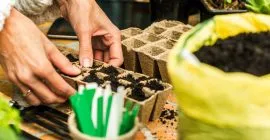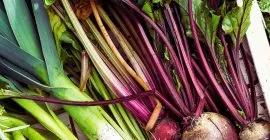Runner beans, like peas, are far tastier when they are grown in the garden, compared to those you buy in the shops.
They are one of the easiest vegetables to grow and normally produce countless crops. They tend to thrive best in greenhouses needing warm conditions to germinate. However successful growth is granted outdoors as long as the soil is not heavy or overly wet, the runner beans will be ready for harvesting when the pods are less than full length, this is usually at about 15-20cm (6-8 inches) long.
Try growing varieties ‘Scarlet Emperor’ or ‘Hestia’, which are perfect for growing in a container on the patio if you don’t have the room for a large veg patch.
Follow our guidelines below for successful sowing.
Step 1
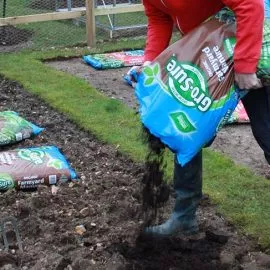
Runner beans do best in an open, sunny position.
They will grow in quite poor soil, but do best in a soil that has had manure, such as Gro-Sure Farmyard Manure, dug into it the previous autumn.
Runner beans are usually sown from April to June.
Step 2
Preparation. The ground needs to be ready for planting. If you missed the chance to improve the soil in autumn you can still give the Runner Beans an advantage by adding Gro-Sure Farmyard Manure now.
Garden Lime should also be used if the soil is acidic and Growmore Fertiliser raked in.
Sow in drills 23cm (9 inches) apart and 5cm (2 inches) deep. Leave space for supports between rows.
Step 3
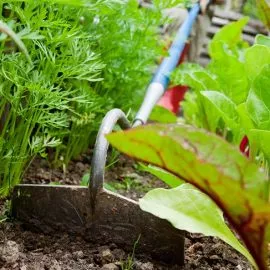
Maintenance. Keep on top of weeds by hoeing and water quite regularly once the first pods have formed.
Step 4
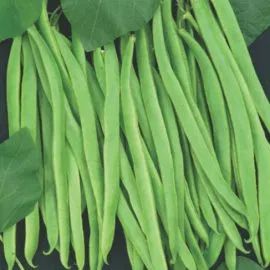
Harvesting. Do this once the pods reach 15-20cm (6-8 inches) long.
Continue to harvest on a daily basis to ensure continued production.
Collect the pods off the plants before they overly mature otherwise they may turn quite stringy and could stop the plant from producing more runner beans.
Ensure the plant is kept well-watered.
Once the plants have finished producing runner beans, dig the bases of the stems and roots back into the soil to act as a green manure.



